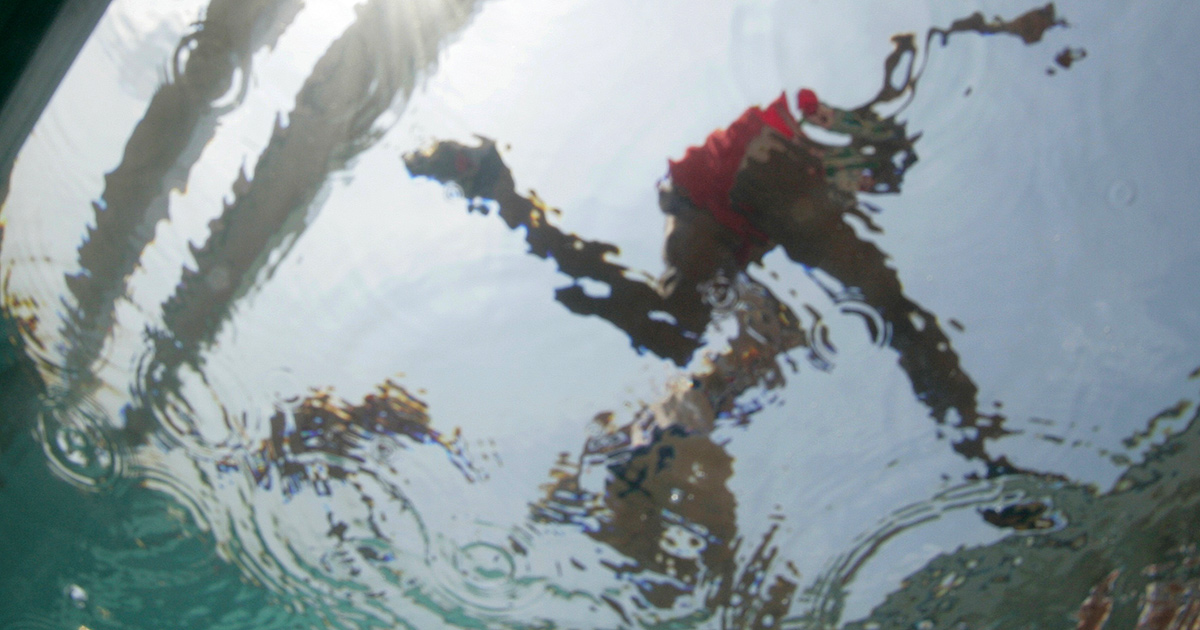
Sexism and gender stereotypes are well rooted in the history of sports, which developed within a patriarchal culture. Suffice it to say that in the 19th century, sport was considered an exclusively male activity, associated with virility and physical strength. Women were relegated to supporting roles or, at best, could participate in sports such as figure skating or gymnastics, which enhance grace and aesthetics rather than competition. Over time, women began to fight for the right to participate in competitive sports. The first breakthrough came in 1900, when women began to take the field in some Olympic disciplines, such as tennis and golf. However, we have had to wait until 2024 to witness the first Olympics with equal numbers of male and female athletes.
Social and cultural barriers, along with institutional norms, have contributed to keeping gender differences a constant in sports. It is not just a matter of individual attitudes, but of deeply entrenched positions in the institutional structures that govern sports: sports federations, Olympic committees, and professional leagues have all perpetuated gender disparities through discriminatory regulations and practices, including differences in monetary rewards between men and women in many sports. For example, in tennis, it was only in 2007 that the Wimbledon tournament decided to offer the same prize money to men's and women's tournament winners. Before then, female tennis players earned significantly less than their male counterparts, despite playing at the highest professional level.
In addition to unequal awards, women also face poor representation in decision-making positions within sports organizations, as already highlighted in other contexts. For example, it was not until 2021 that the first female president in the history of sports federations was elected: Antonella Granata, Federazione Italiana Giuoco Squash. The lack of female figures in positions of power means that sports policies and decisions are often made without considering the needs and concerns of female athletes. As a result, in many parts of the world, women's teams receive less funding, have less access to high-quality training facilities, and are subjected to worse working conditions than men's teams. In Italy, the only sport considered professional for women is football in Serie A from July 2022, while for men we have football, basketball (Serie A), golf, and road cycling. In some countries, women are still not free to play sports, such as in Afghanistan, Iran, and Saudi Arabia.
In addition to material barriers, women in sports also face social and cultural obstacles. Gender stereotypes that view sports as a “male” activity discourage many girls from participating. These stereotypes are often reinforced by families, teachers, and even coaches, which can discourage girls from pursuing sports as intensely as boys. This attitude has significant psychological and social consequences for female athletes. Female athletes often have to work harder to gain the respect and recognition they receive from their male counterparts. Being consistently undervalued can lead to decreased self-esteem and psychological well-being and an increased risk of anxiety and depression and, consequently, a higher rate of giving up the pursuit of a sports career.
However, sexism also affects men who do not conform to traditional gender stereotypes, and who wish to participate in sports considered “feminine,” such as dance or gymnastics, with consequences such as mockery, stigmatization, or exclusion, such as the case of Giorgio Minisini excluded from the artistic swimming teams at the last Olympic Games.
In all this, the role of the media in perpetuating sexism in sports cannot be underestimated. The Paris 2024 Olympics were full of great successes, but even this occasion was not without incidents of sexism and gender stereotyping. For example, newspaper articles with sexist headlines about Italian fencing champions or the uniform of Egyptian beach volleyball athletes. Society won a gold medal in sexism when it comes to commenting on sports, with the risk of escalating into actual incidents of gender cyberviolence, as in the case of the controversy over Algerian boxer Imane Khelif. In addition, studies show that female athletes receive significantly less media coverage than male athletes, and when women are reported in the media, the focus is often more on their physical appearance than on their sports performance, with the risk of being sexualized or reduced to gender stereotypes. This is also the case for female sports journalists, who are often criticized more for their appearance than their competence. In 2021, during a press conference, soccer coach Zinedine Zidane angrily replied to a sports journalist who asked him to comment on a performance by his team, “You must not understand football, you are a woman.” This incident is just one of many that demonstrate that any woman involved in sports, regardless of her specific role, risks being belittled simply for being a woman. This treatment not only reduces the perception of women in sports, but studies show how this also contributes to reinforcing gender bias in society.
But are there any successful role models?
Several female athletes have publicly shared their experiences to counter sexism in sports. These include Serena Williams: her public denunciations of the unequal treatment and prejudice she faced as a black woman in sports inspired many other female athletes to speak openly about their experiences, and to give voice to the issue. Similarly, figures like Billie Jean King, who fought for prize equality in tennis, and Megan Rapinoe, who led the battle of U.S. women soccer players for equal pay, demonstrate that it is possible to change the power dynamics in sports. These women not only succeeded in their disciplines, but also used their visibility to challenge sexism and promote change.
In addition to individual efforts, there are also numerous associations and initiatives organized to combat sexism in sports. The #EqualPay movement, for example, was started by female soccer players on the U.S. national team to demand equal pay with their male counterparts. This campaign attracted international attention and led to a broader debate on gender inequality in the world of work. Other examples include the National Association of Women Athletes (ASSIST), a partner in the Sport Women Leaders (SWoL) project aimed at promoting equal access for women to leadership positions. The International Olympic Committee itself has introduced measures to ensure gender equality in participation and leadership at the Olympic Games, and many organizations are working to increase women's representation in leadership and coaching roles, recognizing that gender diversity is essential to creating a fair and inclusive environment.
The fight against sexism in sport is not just a matter of justice for female athletes, but is part of a broader battle for gender equality in society. It is essential that all components of sport, from the public to management, do their part to combat sexism in sport. This means actively supporting female athletes, training those in leadership roles, challenging gender bias, and promoting policies that ensure equal opportunities for all. Only through collective efforts can we create a truly inclusive sport, where every individual has the opportunity to express their potential without limitations.

Illustrazione di Enrica Zaggia




